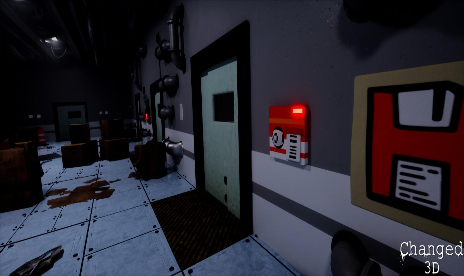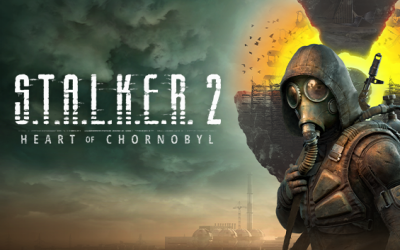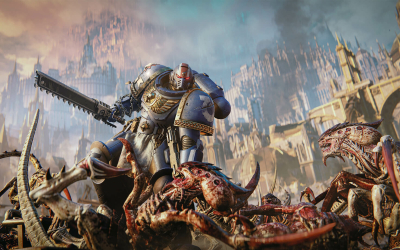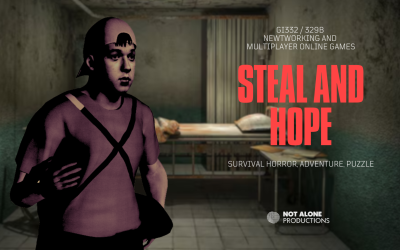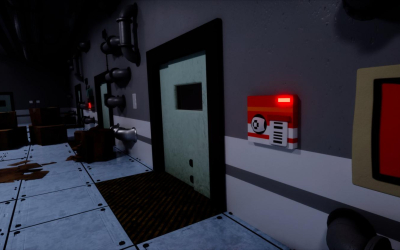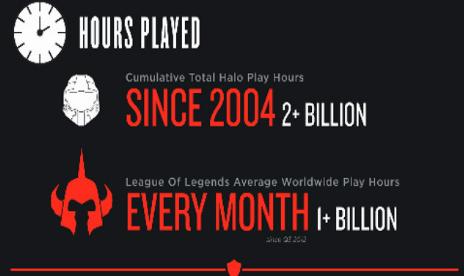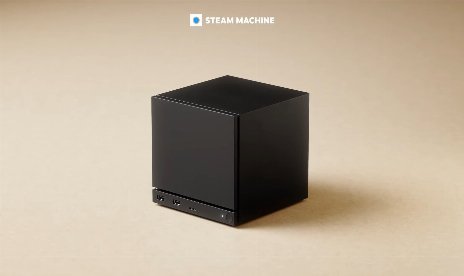Is “can it run VR?” the new “can it run Crysis?”

Back in 2007 when Crytek first released Crysis, it took the PC gaming world by storm, for two main reasons. Firstly, because it was astoundingly pretty. As well as having hugely detailed faces on characters and enemies, the way the engine handled foliage made the forests come alive far more than they had ever done in other games.
The other big reason it captured the attention of gamers the world over though, is because almost nobody could run it at decent settings. Crysis encapsulated an era where the development of graphical hardware was just not keeping up with what some game developers were doing. Part of that was because it wasn’t a well optimized game, but it was also aesthetically far and above what was offered by other games of the time.
Crysis’ recommended specifications demanded that your PC have the following:
CPU: Core 2 Duo or Ahtlon X2 4400+
RAM: 2GB
Graphics: Geforce 8800 GTS with 640MB VRAM or better
Storage: 12GB
While it may not look like much now, that was quite a hefty system nine years ago. But matching the recommended specifications only took you so far. If you wanted to play it on Ultra settings at 1080P, it would take three 8800 Ultras running in SLI and then you would only just get an average of around 40 frames per second.
To give that a little more context, games released around the same time like Unreal Tournament 3 and Bioshock – two games also noted for their strong visuals – achieved frame rates two to three times that with a similar hardware set up.
Today things are quite different. There aren’t really any games that push systems like this and there certainly aren’t any released titles that can bring current hardware to its knees quite like Crysis could.
But virtual reality stands to have a similar impact. Looking at Steam’s Hardware Survey, less than 10 per cent of all gamers on the platform have GPUs that are powerful enough to handle the Oculus Rift’s recommended specifications (i5 4590, Nvidia GTX 970 / AMD 290 or better). While the GTX 970 is the most popular individual GPU for Steam gamers, it’s user base is still only in the low single digit per cent points.
That means that as much interest as VR has right now, it’s just not possible that a big user base will spring up over night. The majority of PC gamers are running graphics cards with 1-2GB of VRAM, which means they’re still quite a jump from having a comfortable VR experience. Because that’s the thing with virtual reality, you don’t have to just run it at 30 FPS like a console, you have to run it at at least 75FPS, preferably 90. That’s a big demand for any AAA game playing at 1080P, let alone running at the slightly higher 2,160 x 1080 that the consumer Rift will run at.
Although it is going to depend on the individual games and there will certainly be image settings to tweak to allow those with higher powered rigs to have prettier virtual reality games, the fact of the matter is that for the next couple of years, virtual reality will be very much like Crysis, in that only those with the most powerful systems in the world will be able to run its games and experiences as they were intended.
It’s not exactly a 1:1 comparison, as Palmer Luckey has assured us that any experiences made available on the Oculus Store will be heavily optimized to guarantee comfortable frame rates. In contrast Crysis actually became harder to run as the months went on, with an HDR patch causing those who were happily playing at full tilt to need to reconfigure their systems once again.
VR will become much easier as time goes on and it may be that with the release of Polaris and Pascal GPUs in the Summer of this year, that getting a system together that is capable of running high end virtual reality titles may be much easier, but it still won’t be cheap, especially if you’re starting from scratch.
How ready is your system for the release of VR hardware in a few months? Can it run VR?





![Warhammer 40,000: Dawn of War – Definitive Edition v1.0-v2.6.1+ (+20 Trainer) [FLiNG]](https://9588947a.delivery.rocketcdn.me/wp-content/uploads/2025/09/Warhammer-40000-Dawn-of-War-Definitive-Edition-01-464x276.jpg)

![S.T.A.L.K.E.R. 2: Heart of Chornobyl v1.0-v20251218+ (+13 Trainer) [FLiNG]](https://9588947a.delivery.rocketcdn.me/wp-content/uploads/2024/01/stalker-2-heart-of-chornobyl-1-464x276.png)





